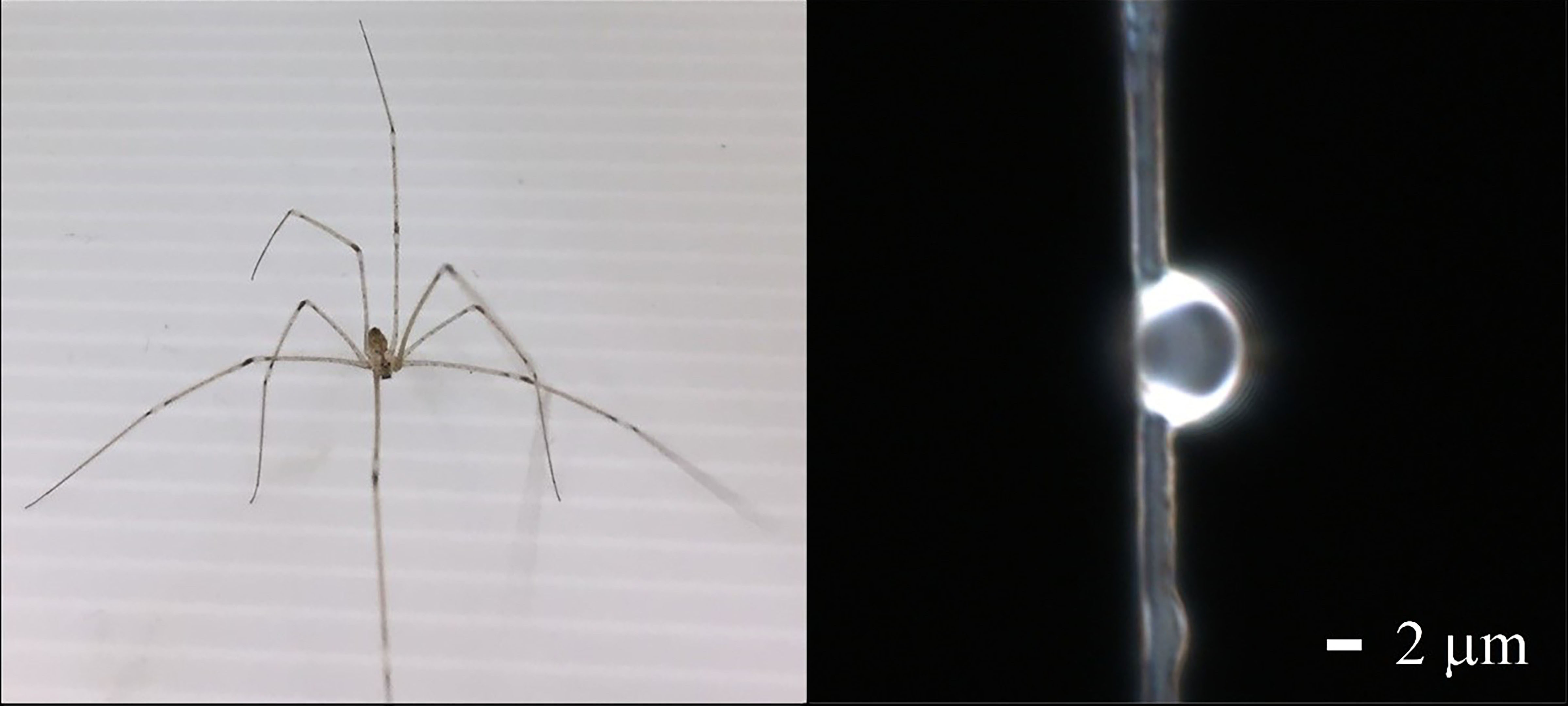Scientists developed a new method to improve resolution and reduce noise in fluorescence microscopy images. This technique utilizes mathematical tools to analyze and enhance image details, specifically addressing the fidelity of computational resolution extension. It outperforms existing methods by boosting signal-to-noise ratio and achieving higher resolution without introducing artifacts. This paves the way for more precise and informative imaging in various microscopy applications.
Tag: biological imaging
Making molecular movies of a biological process of energy conversion
An international team of scientists have observed a sunlight-fueled atomic “pump” working in the cells of a marine bacterium. The imaging was done with an advanced technique called time-resolved serial femtosecond crystallography.

Science Snapshots: COVID-19, power outages, Alzheimer’s disease, and optical antennas
March Science Snapshots from Berkeley Lab
Watt Webb, biological imaging techniques pioneer, dies
Applied physicist Watt W. Webb, the S.B. Eckert Professor of Engineering Emeritus at Cornell University and a pioneer in methods for imaging living biological systems, died Oct. 29 in New York City. He was 93.

Spider Silk Can Create Lenses Useful for Biological Imaging
Spider silk is useful for a variety of biomedical applications: It exhibits mechanical properties superior to synthetic fibers for tissue engineering, and it is not toxic or harmful to living cells. One unexpected application for spider silk is its use in the creation of biocompatible lenses for biological imaging applications. Researchers describe the feasibility of creating lenses capitalizing on the properties of natural spider silk material in the Journal of Applied Physics.